METFORMIN SUSTAINED-ACTION TABLET - ORAL
PHONETIC PRONUNCIATION: (met-FOR-min)
COMMON BRAND NAME(S): Fortamet, Glucophage XR, Glumetza
GENERIC NAME(S): metformin HCl
Uses
USES: Metformin is used with a proper diet and exercise program and possibly with other medications to control high blood sugar. It is used in patients with type 2 diabetes. Controlling high blood sugar helps prevent kidney damage, blindness, nerve problems, loss of limbs, and sexual function problems. Proper control of diabetes may also lessen your risk of a heart attack or stroke. Metformin works by helping to restore your body's proper response to the insulin you naturally produce. It also decreases the amount of sugar that your liver makes and that your stomach/intestines absorb.
How to use METFORMIN SUSTAINED-ACTION TABLET - ORAL
HOW TO USE: Read the Patient Information Leaflet if available from your pharmacist before you start taking metformin and each time you get a refill. If you have any questions, consult your doctor or pharmacist. Take this medication by mouth as directed by your doctor, usually once daily with the evening meal. Drink plenty of fluids while taking this medication unless otherwise directed by your doctor. Do not crush or chew this medication. Doing so can release all of the drug at once, increasing the risk of side effects. Also, do not split the tablets unless they have a score line and your doctor or pharmacist tells you to do so. Swallow the whole or split tablet without crushing or chewing. The dosage is based on your medical condition, response to treatment, and other medications you may be taking. Be sure to tell your doctor and pharmacist about all the products you use (including prescription drugs, nonprescription drugs, and herbal products). To reduce your risk of side effects (such as upset stomach), your doctor may direct you to start this medication at a low dose and gradually increase your dose. Follow your doctor's instructions carefully. Take this medication regularly in order to get the most benefit from it. Remember to use it at the same time each day. If you are already taking another diabetes drug (such as chlorpropamide), follow your doctor's directions carefully for stopping/continuing the old drug and starting metformin. Check your blood sugar regularly as directed by your doctor. Keep track of the results, and share them with your doctor. Tell your doctor if your blood sugar measurements are too high or too low. Your dosage/treatment may need to be changed.
Side Effects
Precautions
Interactions
Overdose
Images
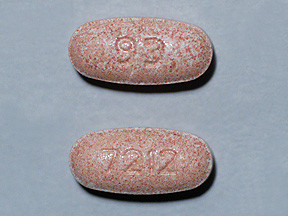
- color
- brick red
- shape
- oblong
- imprint
- 93, 7212
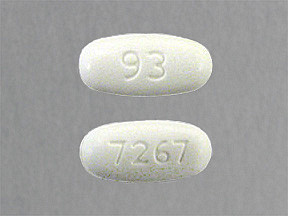
- color
- white
- shape
- oblong
- imprint
- 93, 7267

- color
- white
- shape
- oblong
- imprint
- 93, 7267

- color
- blue
- shape
- round
- imprint
- WPI 500

- color
- white
- shape
- round
- imprint
- WPI 1000
Reviews
Faq for METFORMIN SUSTAINED-ACTION TABLET - ORAL
Metformin sustained-action tablet is used to treat type 2 diabetes. It helps control blood sugar levels and improves insulin sensitivity.
Metformin sustained-action tablet works by reducing the amount of glucose produced by the liver and increasing the body's response to insulin. This helps lower blood sugar levels.
Common side effects include diarrhea, nausea, vomiting, stomach upset, and taste changes. These usually improve with time.
In rare cases, metformin can cause a serious condition called lactic acidosis. Symptoms include weakness, dizziness, slow or irregular heartbeat, and muscle pain. Seek immediate medical attention if you experience any of these symptoms.
Metformin sustained-action tablet should not be used if you have severe kidney disease, liver disease, or if you are in a state of diabetic ketoacidosis. It may also interact with certain medications, so inform your doctor about all the medications you are taking.
It is usually taken once daily with the evening meal. Follow your doctor's instructions and read the medication guide provided with the product for specific dosage instructions.
Metformin is not approved for weight loss, but it may lead to some weight loss in individuals with diabetes due to its effects on blood sugar control and insulin sensitivity.
Metformin sustained-action tablet is generally not recommended for use in children under the age of 17, unless specifically prescribed by a pediatric endocrinologist.
Alcohol consumption should be limited or avoided while taking Metformin sustained-action tablet as it can increase the risk of lactic acidosis.
Warning
WARNING: Rarely, too much metformin can build up in the body and cause a serious (sometimes fatal) condition called lactic acidosis. Lactic acidosis is more likely if you are an older adult, if you have kidney or liver disease, dehydration, heart failure, heavy alcohol use, if you have surgery, if you have X-ray or scanning procedures that use iodinated contrast, or if you are using certain drugs. For some conditions, your doctor may tell you to stop taking this medication for a short time. Ask your doctor or pharmacist for more details. Stop taking this medication and get medical help right away if you have any symptoms of lactic acidosis, such as unusual tiredness, dizziness, severe drowsiness, chills, blue/cold skin, muscle pain, fast/difficult breathing, slow/irregular heartbeat, or stomach pain with nausea/vomiting/diarrhea.
Disclaimer
IMPORTANT: HOW TO USE THIS INFORMATION: This is a summary and does NOT have all possible information about this product. This information does not assure that this product is safe, effective, or appropriate for you. This information is not individual medical advice and does not substitute for the advice of your health care professional. Always ask your health care professional for complete information about this product and your specific health needs.
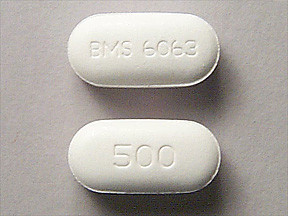
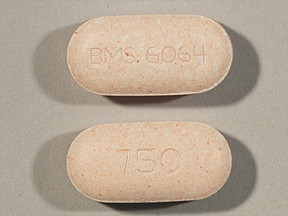
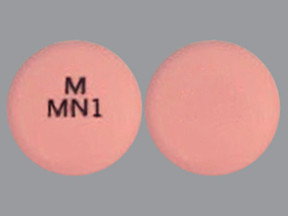
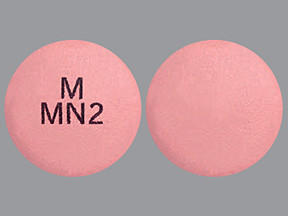
No Reviews Yet